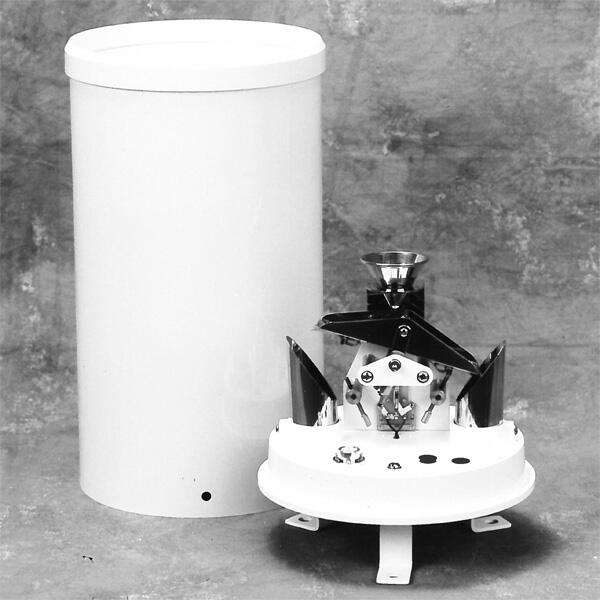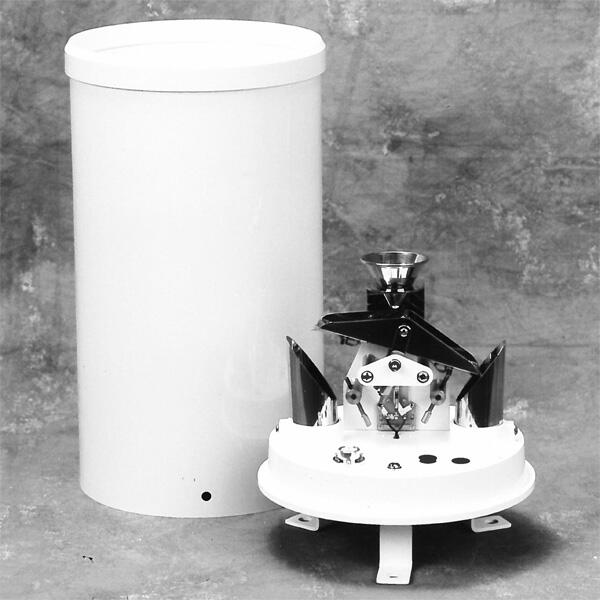
# Rain Gauge Uses in Weather Monitoring and Data Collection
Rain gauges are essential tools in meteorology and environmental science, providing accurate measurements of precipitation. These devices play a critical role in weather monitoring, flood prediction, and climate research. Below, we explore the various uses of rain gauges and their importance in data collection.
## 1. Measuring Precipitation
The primary use of a rain gauge is to measure the amount of rainfall over a specific period. This data is crucial for understanding local weather patterns and assessing water availability. By collecting precise rainfall measurements, meteorologists can analyze trends and predict future weather conditions.
## 2. Flood Forecasting and Management
Rain gauges are indispensable in flood forecasting. By monitoring rainfall intensity and accumulation, authorities can issue timely warnings to communities at risk. This helps in implementing evacuation plans and minimizing damage to property and lives. Accurate rainfall data also aids in designing effective flood control systems.
## 3. Agricultural Planning
Farmers rely on rain gauge data to make informed decisions about irrigation and crop management. Knowing the exact amount of rainfall helps optimize water usage, reduce costs, and improve crop yields. In regions with unpredictable weather, rain gauges are vital for sustainable agriculture.
## 4. Climate Research and Analysis
Rain gauges contribute significantly to long-term climate studies. By recording precipitation data over decades, scientists can identify patterns and changes in climate. This information is critical for understanding global warming, predicting droughts, and developing strategies to combat climate change.
## 5. Hydrological Studies
Hydrologists use rain gauges to study water cycles and manage water resources. Precipitation data is essential for modeling river flows, groundwater recharge, and reservoir management. Accurate measurements ensure efficient water distribution and conservation efforts.
## 6. Urban Planning and Infrastructure Development
Rain gauge data is invaluable for urban planners and engineers. It helps design drainage systems, roads, and buildings that can withstand heavy rainfall. By understanding local precipitation patterns, cities can reduce the risk of flooding and improve overall infrastructure resilience.
## Conclusion
Rain gauges are versatile instruments with a wide range of applications in weather monitoring and data collection. From flood forecasting to agricultural planning and climate research, these devices provide critical insights that shape our understanding of the environment. As technology advances, rain gauges continue to evolve, offering even more precise and reliable data for a sustainable future.
Keyword: rain gauge uses
